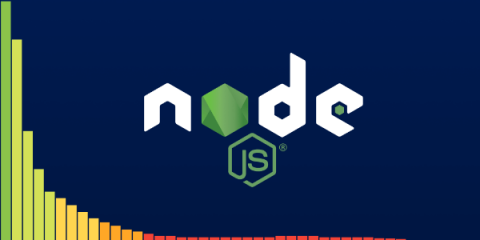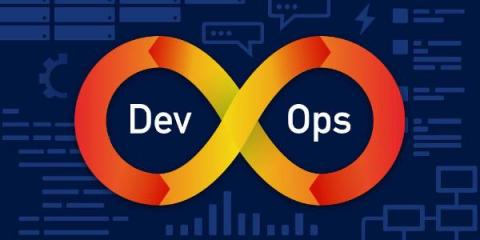Operations | Monitoring | ITSM | DevOps | Cloud
Raygun
Best practices for tracing and debugging microservices
Tracing and debugging microservices is one of the biggest challenges this popular software development architecture comes with - probably the most difficult one. Due to the distributed architecture, it's not as straightforward as debugging traditional monolithic applications. Instead of using direct debugging methods, you'll need to rely on logging and monitoring tools, coding practices, specific databases, and other indirect solutions to successfully debug microservices.
The key to secure transmission: TLS in the Raygun ecosystem
Server performance metrics: 11 to consider for actionable monitoring
With the DevOps movement becoming mainstream, more and more developers are getting involved with the end-to-end delivery of web applications, including deployment, monitoring performance, and maintenance. As an application gains more users in a production environment, it’s increasingly critical that you understand the role of the server.
How to measure and improve Node.js performance
Change is the only constant in software, and few languages change like JavaScript. In just the last few years, we've had the rise of TypeScript and React, dozens of new frameworks, and Node.js has brought us over to the server-side. Google's V8, which powers Node.js, is one of the fastest JavaScript engines in existence. In simple benchmarks, well-optimized JS executed by V8 often performs almost at the same speeds as famously fast languages like C++. And yet, Node applications often seem to be pretty sluggish. This post aims to guide you through the process of measuring and improving Node.js performance.
API update: Manage tracked deployments
Vend Customer Story
Founder & Friends: Making It Work with Scott Hanselman
Popular CSS preprocessors with examples: Sass, Less, Stylus and more
The 29 best DevOps tools for 2023 and beyond
The integration of Development and Operations is a powerful innovation in how we build software. If you're new to DevOps practices, or looking to improve your current processes, it can be tough to know which tool is best for your team. We've put together this list to help you make an informed decision on which tools should be part of your stack. Read on to discover the 29 best DevOps tools, from automated build tools to application performance monitoring platforms.











